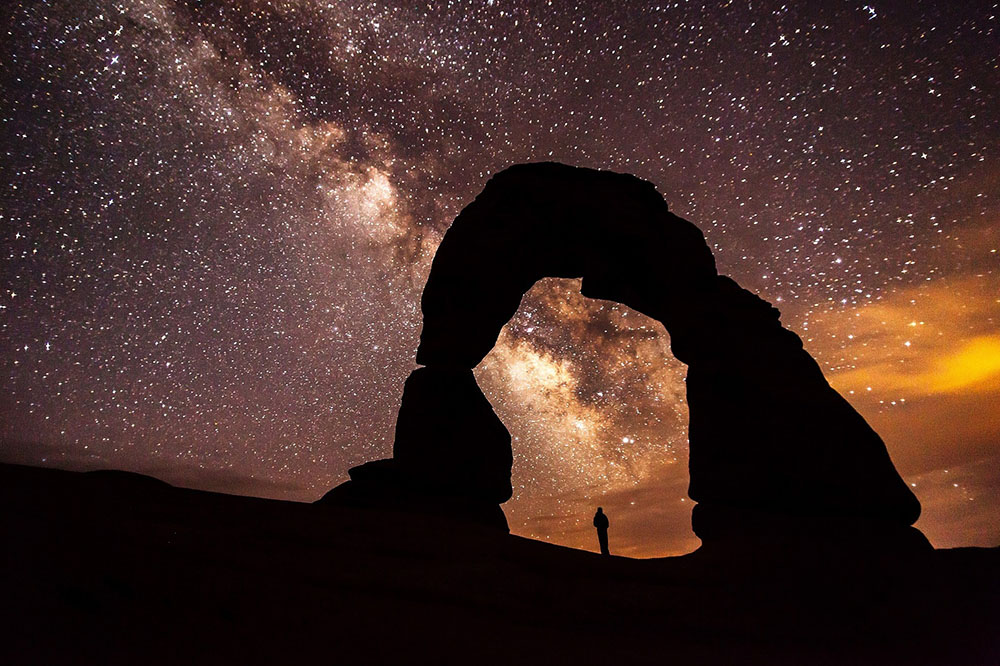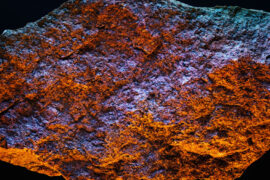There is a constant question every astronomer in the planet gets constantly at parties. Is it possible to name a star?.
There is something very romantic about the idea of immortalizing a name in the sky. Stars have been objects of beauty and wonder from the beginning of human history. Ancient civilizations used to associate them with powerful deities and epic myths so they started to give them names and find shapes in them, creating the constellations we know today.
Some services have emerged online that promise you the ability to name a star anything you want in exchange for a small fee.
With the millions of stars in the universe, coming up with names for each and every one of them gets hard, so some people (along with some misinformation in the media and movies) have the belief these companies are offering a real service. Pay a fee and get the honor of naming a star for the rest of time. But are these services for real? If you have come to this page from Google, you might be wondering if that’s actually true and if these star naming sites are legit.
Is it possible to name a star?
Short answer: no. It is not possible for an individual to purchase the rights to name a star or any other object in the universe for that matter.
Anyone offering you the possibility to purchase the naming rights for a star is pretty much a scammer and trying to hide the fact that they are selling you an expensive piece of paper with no true validity.
All the different types of objects in the universe have their own naming conventions that have been established by the scientific community over the years. The name of a star is defined by some clear rules and not even the person who discovered them gets to name them. In fact, the only objects that can be named after their discoverer are comets.
To make it even clearer, let’s take a look at how are stars named.
How are stars named?
First, let’s clear something up about the organization that is officially able to name stars.
Who names stars?
The International Astronomical Union is the only organization in the planet who is recognized as the official source for assigning names to stars and all other celestial objects.
The IAU was founded in 1919 and is formed by astronomers from all around the world. 79 countries are currently members of the IAU.
While the IAU is in charge of managing the star catalogs and naming conventions, you could say that no single person really gets to do the naming anymore. At least not manually. Due to the huge amount of stars that are constantly being discovered (millions), it would be impossible for people to keep track of all this. Star naming is now made automatically by computers following certain rules and conventions.

Star designations
The name of a star isn’t chosen randomly. There are a clear set of rules to name them. However, there is a bit of a problem as many people have tried to catalog and organize stars in the past (and many more keep trying). Everyone thinks a certain way is better than the other so a lot of stars have ended up with a lot of official names over the years and they are all equally valid.
There are two naming conventions that you will run into more often than the others as they include the stars that are visible with regular telescopes. These are the Bayer catalog and the Flamsteed catalog, created in 1603 and 1725 respectively.
Bayer designations
The Bayer catalog looked to organize the stars by brightness. John Bayer, the creator of this catalog, classified 1,564 stars.
The Bayer designations order stars based on locations inside a constellation and then by brightness. It uses the Greek alphabet to order them. Some examples of star names in the Bayer catalog are Alpha Ursae Minoris and Beta Orionis.
The Bayer name is most commonly used designation astronomers use when they refer to a star, but since it was created so long ago when telescopes weren’t as powerful, it doesn’t include many of the stars we know about today.
Flamsteed designations
A century later, John Flamsteed tried his hand at creating a star catalog and used a similar method to Bayer’s, except he organized them from West to East instead of by brightness. It also uses numbers as the prefix instead of the Greek alphabet. The Flamsteed designations look something like 22 Draconis or 15 Tauri.
This catalog included over 2,500 stars and is usually referred to when a star doesn’t have a Bayer designation.
Modern names
2,500 are a lot, and those catalogs served us for a long time. But what happens when you develop technology that can detect millions and millions of stars like today? We needed to come up with a better way to name them and classify them.
Catalogs today have gotten rid of the names based on constellations and mostly use only alphanumerical codes that are automatically assigned by computers. The names in the Bright Star Catalogue, for example, are simply something like HR 424 while some like the Guide Star Catalogue that includes over 20 million stars are named something like GSC 04628-00237.
To avoid confusions, the name of the used catalog must be used.
Why do some stars have proper names then?

The common or proper names for some of the brightest and most recognizable stars in the sky have been all inherited from their old named when ancient astronomers and civilizations did assign them names. These designations are mostly from Greek, Arab and Latin origin and that’s why they are based in their myths and deities.
Only sporadically does the IAU allows for assigning proper names anymore and it is only made to honor historical figures or as part of a campaign. The last proper names were assigned in 2015 and 2016 when they added the following names:
- Cervantes (Mu Arae). Named after Spanish writer Miguel de Cervantes.
- Copernicus (55 Cancri A). Named after astronomer Nicolaus Copernicus
- Cor Caroli (“The Heart of Charles” – Alpha Canum Venaticorum). Named after King Charles I of England
The proper names are just as recognized as the catalog names, but they are generally not assigned anymore. Only about 355 stars have proper names.
What do star naming services sell?
They are basically selling you a novelty piece of paper that has no value.
What these companies try to not make clear is the “naming rights” you purchase from them are only in their internal catalog. No official organization or astronomer will be using your name ever.
Here’s the fine print buried deep in one of these services legal information. This is how they manage to skirt the lines of what’s legal. We will redact their name as to not send any business their way:
[The Company] is a U.S. based company established in 1979. We are a member of the Better Business Bureau with an A+ Rating. 10 volumes of our star catalog have been published and recorded in the United States Copyright office since 1979. NASA will not be using this new name. This unique catalog of the stars is not a listing intended for scientific use and is not recognized by astronomers.
Are Star Naming Sites Legit?
No. Any service that tells you it is possible to buy the naming rights for any object in the sky is trying to make a quick buck.
Star naming services have been such a common scam for so long that the IAU has made it clear in their website they are not associated with any of this:
As an international scientific organization, the IAU dissociates itself entirely from the commercial practice of “selling” fictitious star names, surface feature names, or real estate on other planets or moons in the Solar System. Accordingly, the IAU maintains no list of the (several competing) enterprises in these businesses in individual countries of the world.
If you are trying to find a gift for a loved one or to honor someone who passed away, there are better ways to do it.
Alternatives to star naming
Now that we know naming a star is not possible, you might be wondering what are you going to do to find that gift you were looking for or how to honor your loved ones. We thought we could provide some ideas just so we don’t send you away empty-handed.
- Plant a tree – If you are looking for something that is going to last for a very long time, planting a tree (or ten) is a great option. Trees can live for hundreds of years and you will be helping keep our planet healthy. If you don’t have the space for it, there are non-profit organizations you can donate to that will do it for you for as low as $1. You can also get a certificate for it. We recommend One Tree Planted if you do decide to do this.
- Donate the money to charity – Those $30 that you were going to give away to a “star naming” service would go a long way when used for a better purpose. Pick your favorite charity or a cause you believe in and donate the money to the name of the person you wanted to give the gift to.







